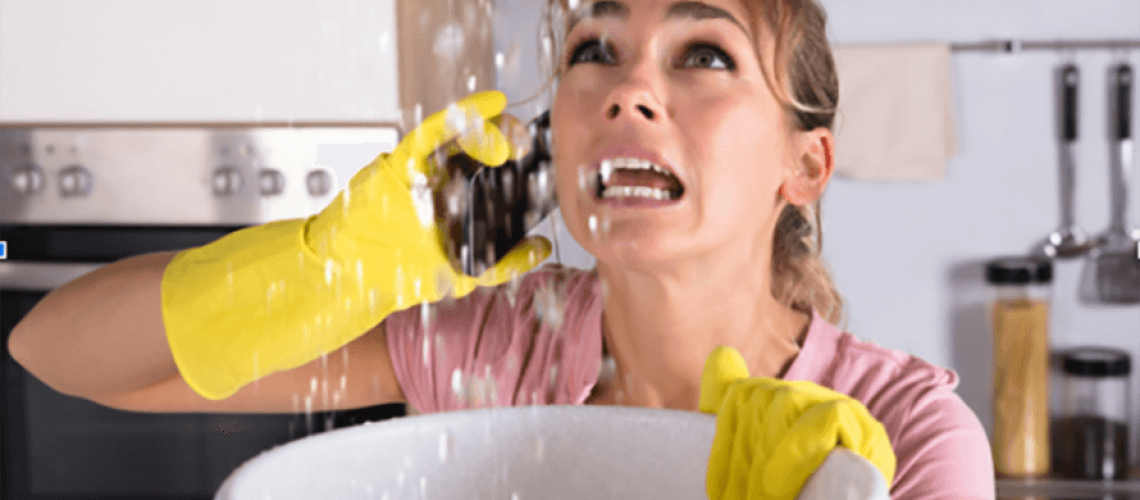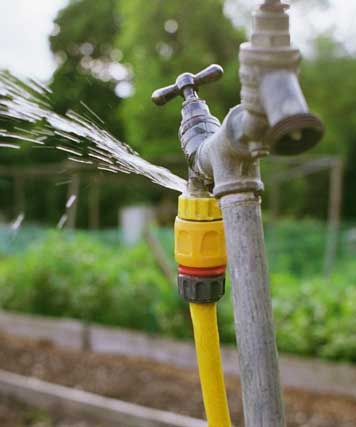How to Examine If Your Residence Has a Concealed Leak
How to Examine If Your Residence Has a Concealed Leak
Blog Article
Have you been interested in content concerning Detecting hidden plumbing leaks?

Early discovery of leaking water lines can alleviate a potential catastrophe. Some little water leaks might not be visible.
1. Take A Look At the Water Meter
Every house has a water meter. Examining it is a surefire manner in which aids you find leakages. For beginners, shut off all the water resources. Ensure nobody will certainly flush, use the faucet, shower, run the cleaning machine or dishwasher. From there, go to the meter as well as watch if it will certainly change. Considering that no person is using it, there must be no activities. If it moves, that suggests a fast-moving leakage. Also, if you spot no changes, wait an hour or more as well as inspect back once again. This implies you might have a sluggish leak that can even be underground.
2. Inspect Water Usage
Examine your water expenses and also track your water intake. As the one paying it, you ought to observe if there are any kind of inconsistencies. If you detect sudden changes, in spite of your intake being the same, it implies that you have leakages in your plumbing system. Keep in mind, your water bill need to fall under the exact same variety on a monthly basis. A sudden spike in your bill suggests a fast-moving leak.
On the other hand, a stable increase on a monthly basis, despite having the very same habits, shows you have a slow-moving leakage that's also slowly escalating. Call a plumber to extensively inspect your building, particularly if you really feel a warm location on your flooring with piping below.
3. Do a Food Coloring Examination
When it concerns water intake, 30% comes from commodes. Test to see if they are running properly. Decline flecks of food shade in the tank and wait 10 minutes. If the color in some way infiltrates your bowl throughout that time without flushing, there's a leakage in between the storage tank as well as dish.
4. Asses Outside Lines
Do not forget to inspect your outdoor water lines too. Test faucets by connecting a garden tube. Ought to water permeate out of the connection, you have a loose rubber gasket. Replace this and guarantee all links are limited. If you have actually obtained a lawn sprinkler, it will help get it skillfully analyzed and maintained yearly. One tiny leakage can lose tons of water as well as spike your water bill.
5. Examine the circumstance and check
Home owners ought to make it a habit to inspect under the sink counters and even inside closets for any type of bad odor or mold and mildew growth. These two warnings show a leak so timely focus is required. Doing regular inspections, even bi-annually, can save you from a significant problem.
If you recognize your house is already old, maintain a careful eye on your heaters, pipes, pipelines and so on. Look for discolorations as well as weakening as many pipes as well as devices have a life expectancy. They will certainly likewise normally deteriorate due to damage. If you suspect leaking water lines in your plumbing system, don't wait on it to escalate. Call a specialist plumber right now so you do not wind up with a dreadful mess in your house.
Early detection of leaking water lines can reduce a potential disaster. Some little water leakages might not be noticeable. Inspecting it is a proven method that helps you find leakages. One little leakage can throw away bunches of water as well as spike your water bill.
If you suspect leaking water lines in your plumbing system, do not wait for it to rise.
WARNING SIGNS OF WATER LEAKAGE BEHIND THE WALL
PERSISTENT MUSTY ODORS
As water slowly drips from a leaky pipe inside the wall, flooring and sheetrock stay damp and develop an odor similar to wet cardboard. It generates a musty smell that can help you find hidden leaks.
MOLD IN UNUSUAL AREAS
Mold usually grows in wet areas like kitchens, baths and laundry rooms. If you spot the stuff on walls or baseboards in other rooms of the house, it’s a good indicator of undetected water leaks.
STAINS THAT GROW
When mold thrives around a leaky pipe, it sometimes takes hold on the inside surface of the affected wall. A growing stain on otherwise clean sheetrock is often your sign of a hidden plumbing problem.
PEELING OR BUBBLING WALLPAPER / PAINT
This clue is easy to miss in rooms that don’t get much use. When you see wallpaper separating along seams or paint bubbling or flaking off the wall, blame sheetrock that stays wet because of an undetected leak.
BUCKLED CEILINGS AND STAINED FLOORS
If ceilings or floors in bathrooms, kitchens or laundry areas develop structural problems, don’t rule out constant damp inside the walls. Wet sheetrock can affect adjacent framing, flooring and ceilings.
https://www.servicemasterbyzaba.com/blog/how-to-detect-water-leakage-in-walls/

Hopefully you enjoyed our piece on Detecting hidden plumbing leaks. Many thanks for taking time to read our short article. Appreciated our article? Please share it. Let other people check it out. Thank you so much for taking the time to read it.
Report this page